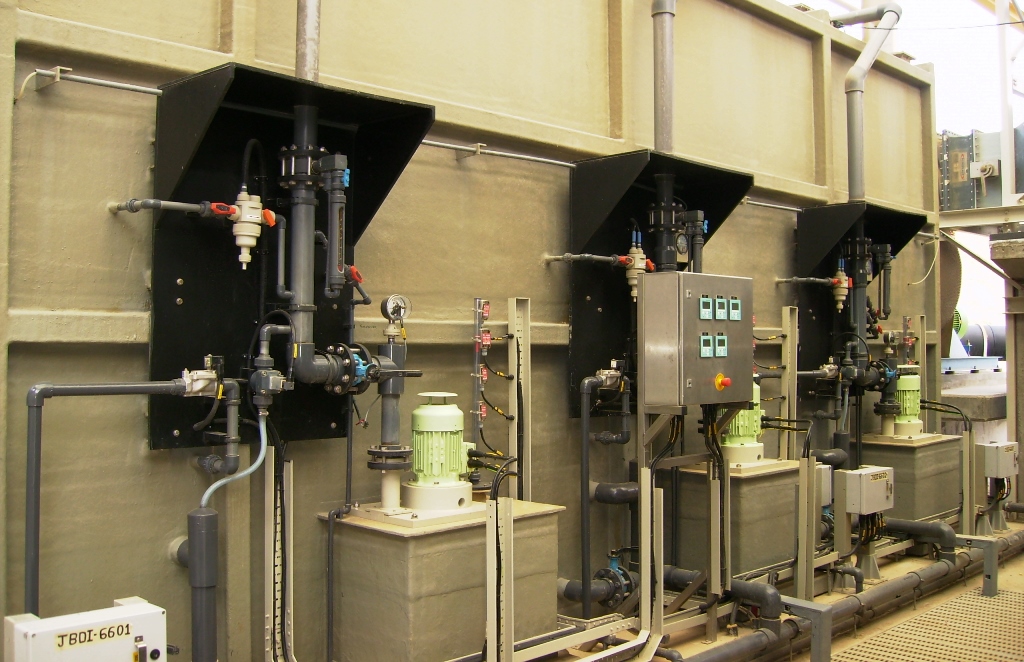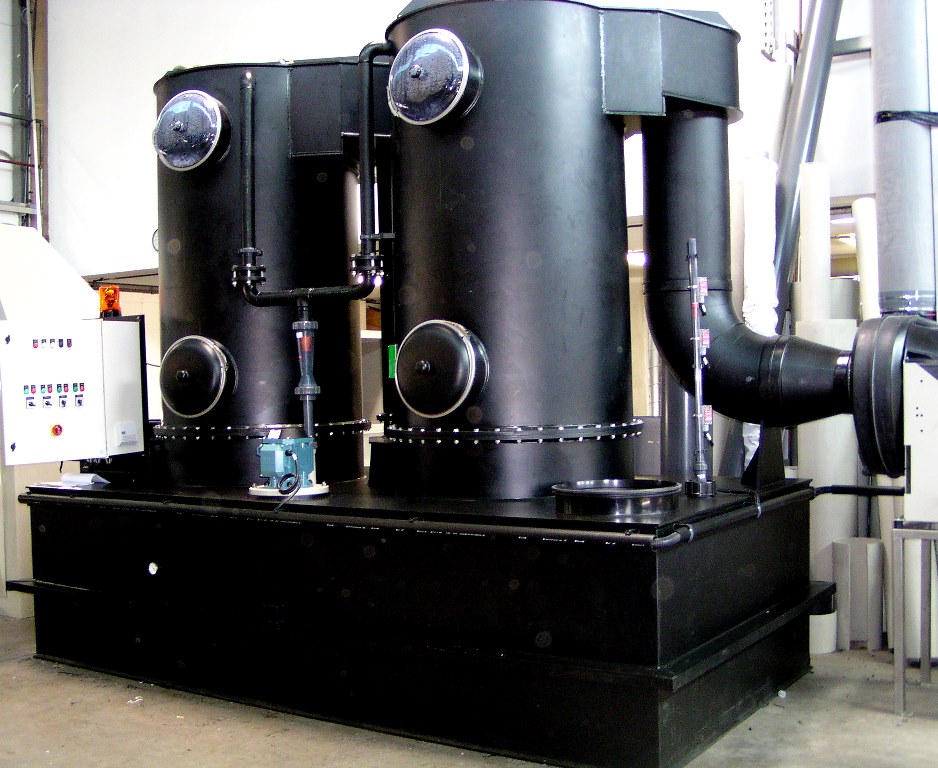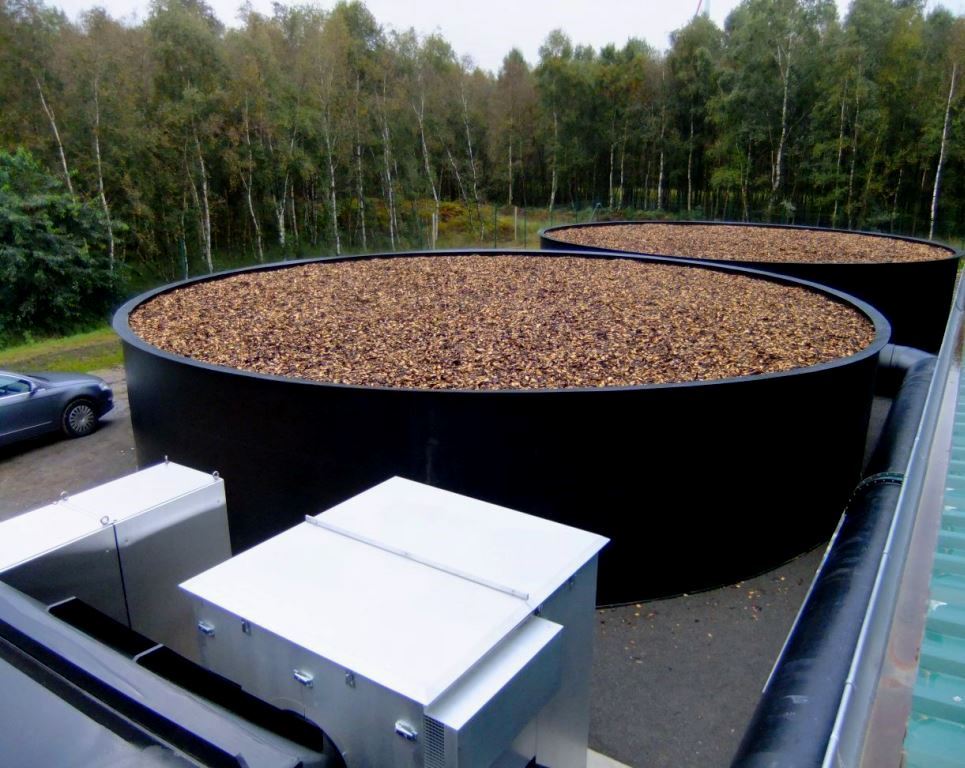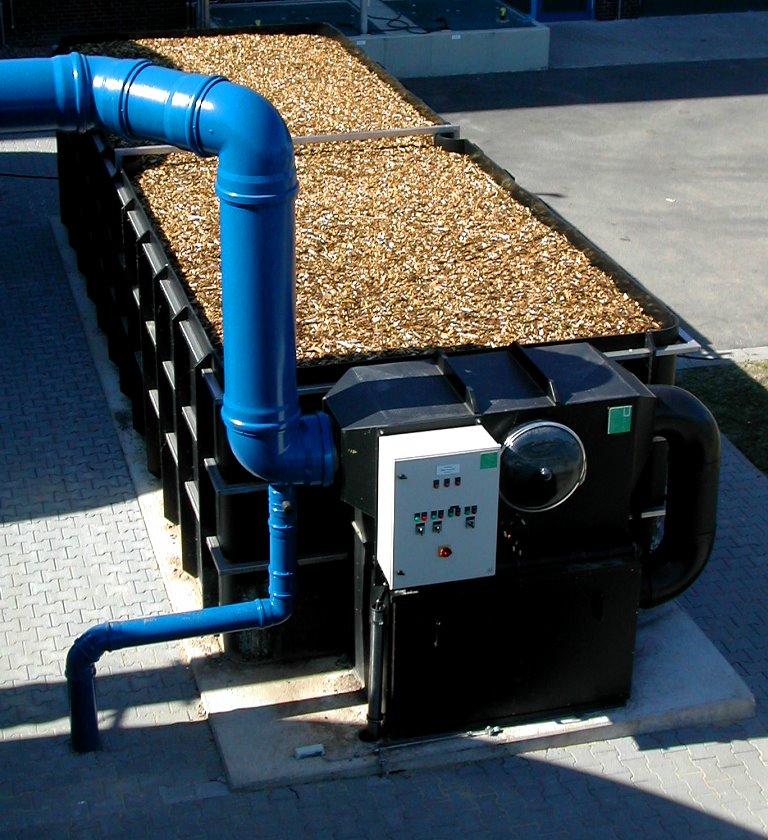Waste-gas and exhaust gas treatment
The terms waste gas and exhaust gas are used synonymously because of the partial non-uniform use in TA Luft and other sources.
Likusta systems of various types are designed for the removal of harmful components from the gas phase. We specialise in systems for chemical as well as biological waste-gas treatment.
Online-Request


